Midtown Paris is home to an abandoned railroad
The ‘Chemin de fer de Petite Ceinture,’ also known as the “little belt railway,” played a significant role in the transportation and fortification of 19th century Paris. This circular railway, constructed around the city’s forts, served as a supply route and facilitated the movement of goods and passengers. However, due to a decline in its operations starting from the 1930s, the railway gradually fell out of use. By 1985, all sections of the 30km (19 miles) line were closed down, allowing nature to reclaim the abandoned space.
#1

#2

#3

#4

Today, in 2023, the fate of the Petite Ceinture remains a topic of debate among Parisians. While a small part of the railway has been transformed into a park, discussions continue regarding the potential future of the remaining portions of the line. Parisians are eager to determine the best course of action for this historical landmark.
The Chemin de fer de Petite Ceinture operated as both a freight and passenger line from 1851 onwards, encircling the city of Paris. The passenger service, resembling an early urban metro, was popular during the Belle Époque era but eventually experienced a decline, leading to its discontinuation in 1934. Despite the cessation of passenger traffic, various sections of the railway were repurposed for the RER C passenger service, while others were sold off.
#5

#6

#7

#8

The current status of the Petite Ceinture is a result of several official texts and protocols that have shaped its future over the past decade. In 2006, a framework protocol was signed, which focused on social integration projects, station preservation, and the opening of a promenade along the railway. In 2013, the Master Plan for the Île-de-France region until 2030 emphasized maintaining the length of the Petite Ceinture and considering its rail vocation.
#9

#10
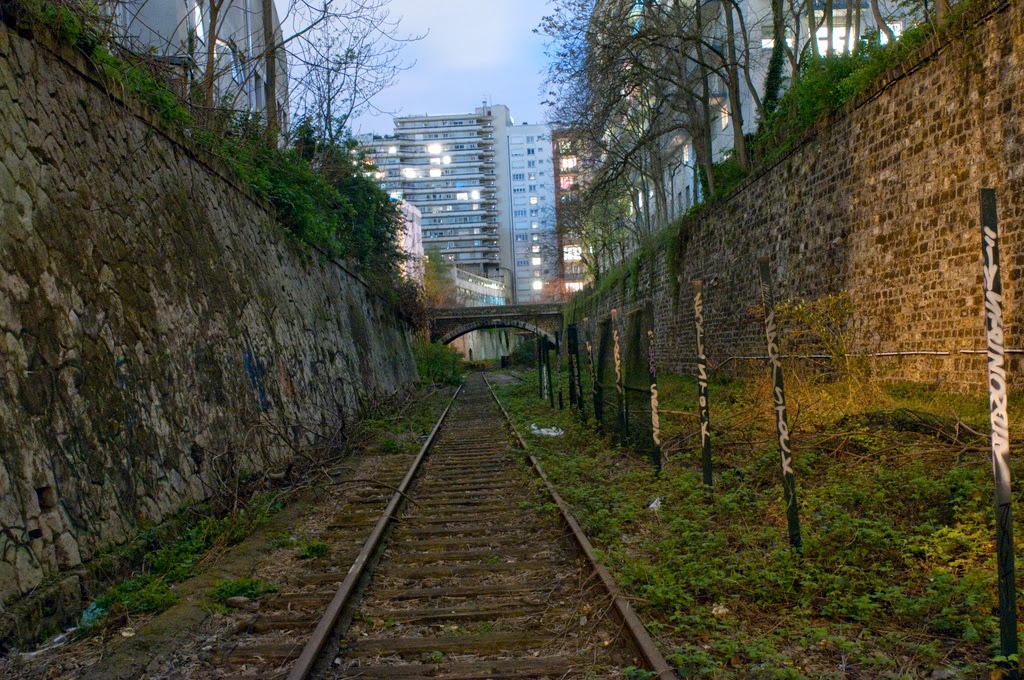
#11

#12

#13
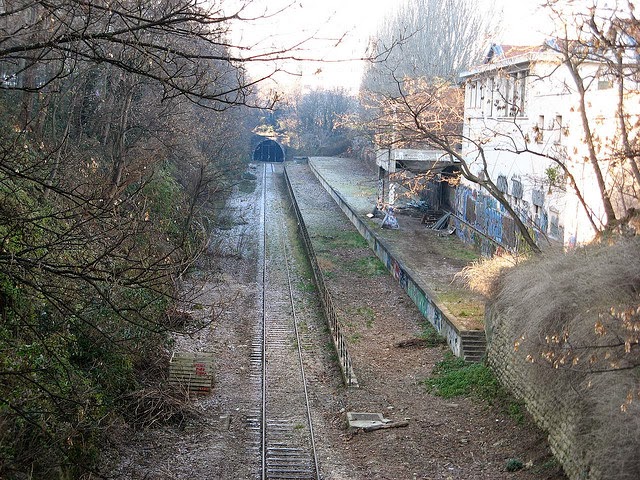
A public consultation held between 2012 and 2013 resulted in a consensus on important factors such as reversibility, continuity, and biodiversity preservation. Subsequently, in 2015, another framework protocol was signed, confirming the preservation of continuity and reversibility and integrating most of the Petite Ceinture into the national railway network.
#14
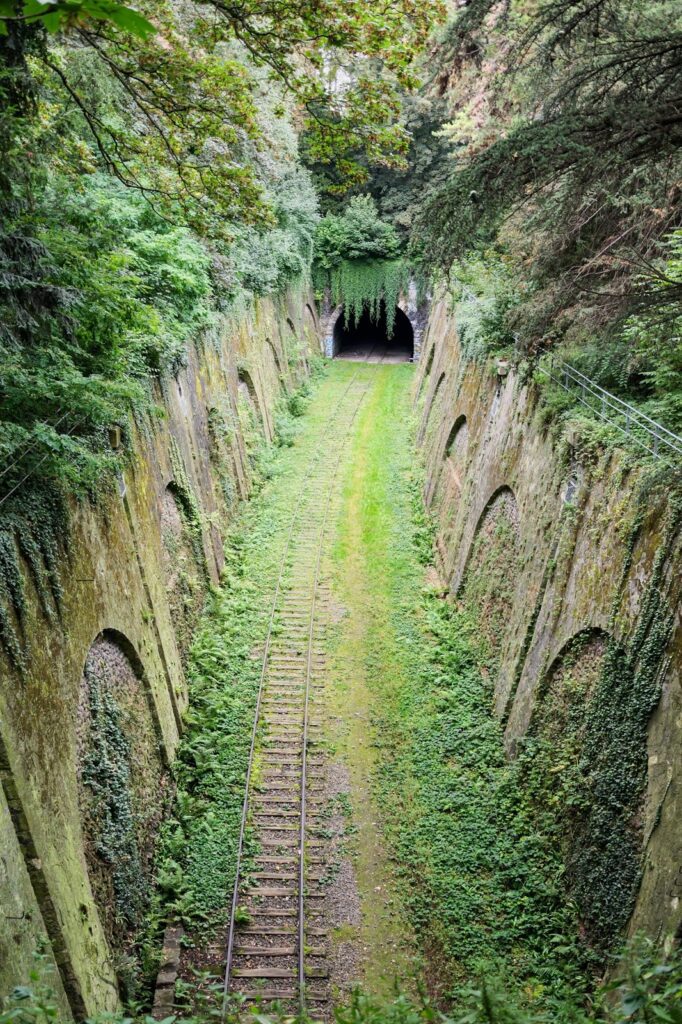
#15

#16

#17
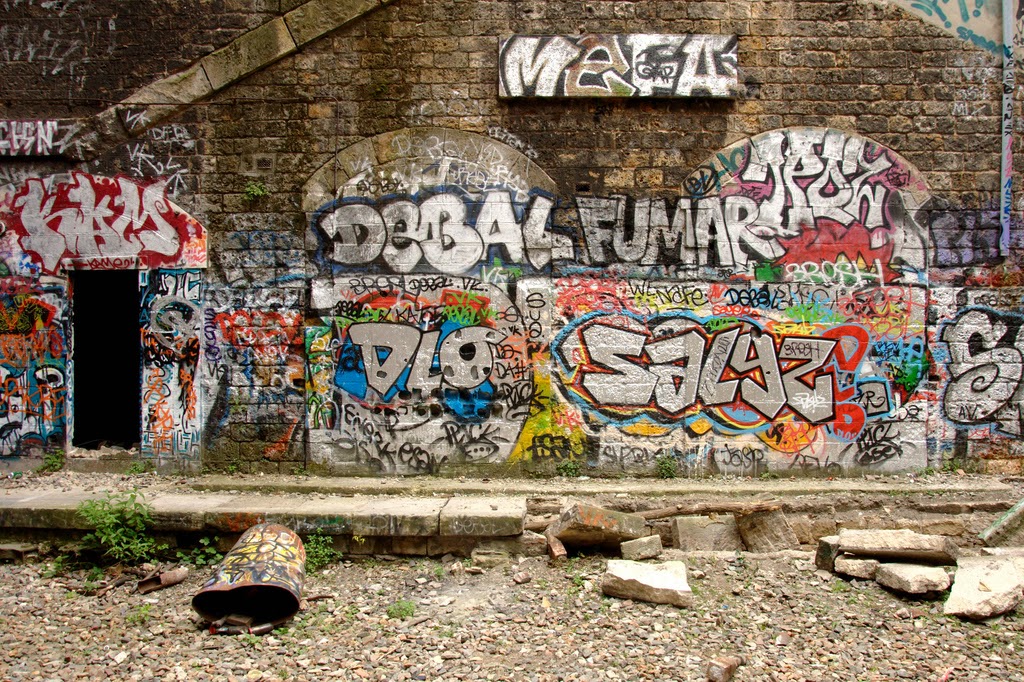
The recent protocol focuses on promoting the heritage of the Petite Ceinture, developing diversified uses for the railway, creating a shared program plan, and defining conditions for deployment and site availability. The City of Paris has conducted a thorough analysis of the railway’s potential and identified stretches suitable for various activities. Occupancy agreements will be granted to project developers based on the program plan, with financial outcomes shared between the partners involved. The City of Paris will support the development and maintenance of public spaces, while SNCF will provide overlays free of charge.
#18
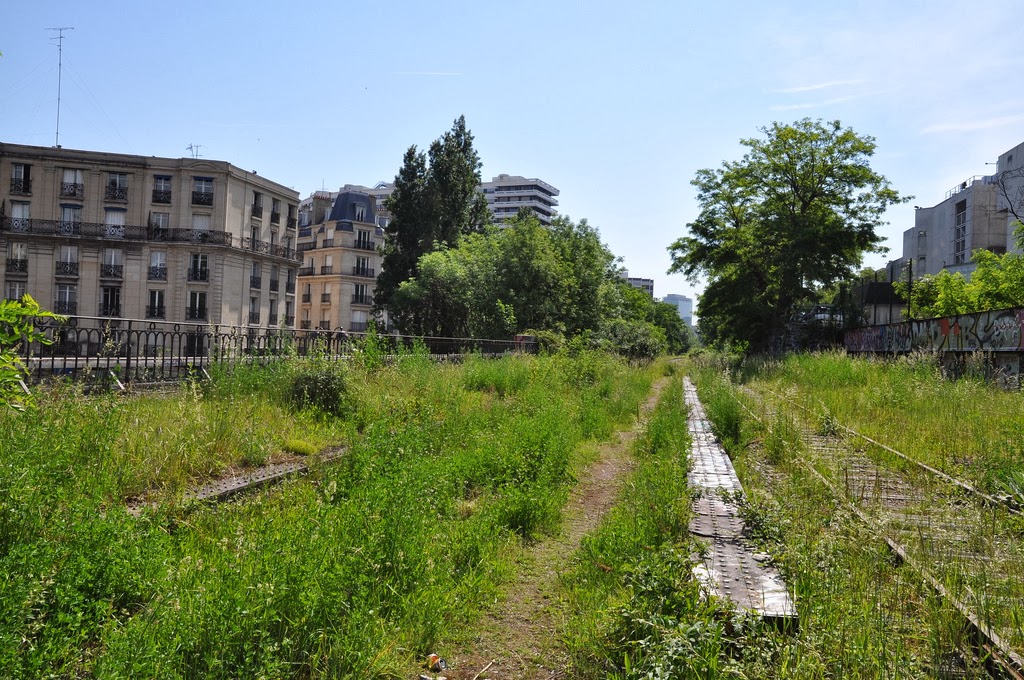
#19

#20
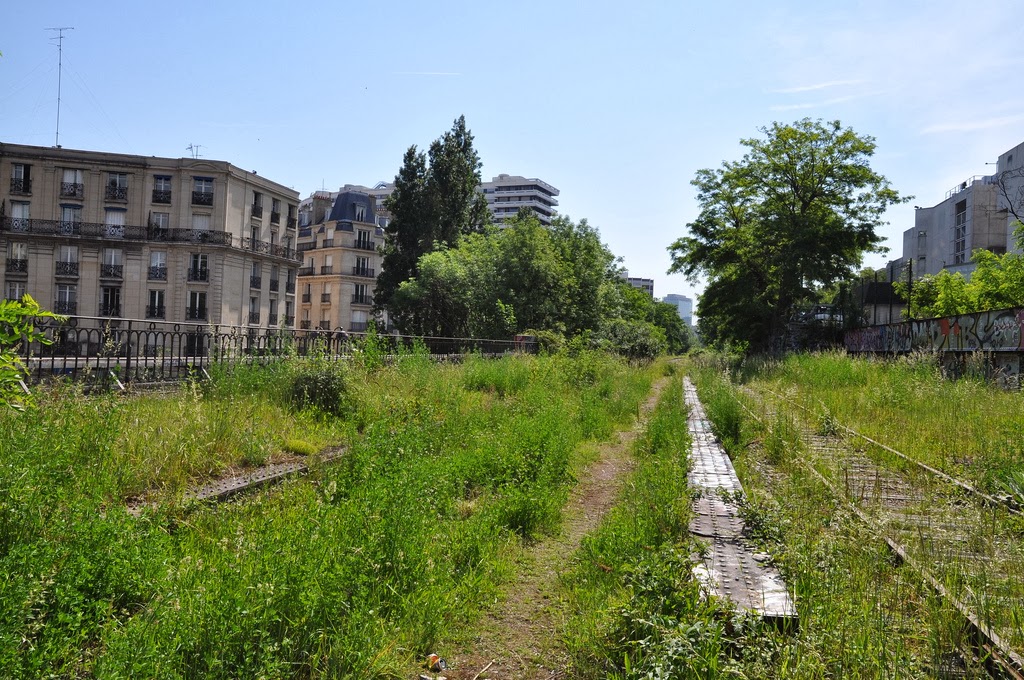
As a first step under the protocol, a reversible walk has been opened in the 13th borough. Moreover, an association dedicated to the preservation of the Petite Ceinture suggests the addition of low-speed adventure trains to assess the railway’s unique character while safeguarding the landscapes and vegetation along its route.
#21

#22
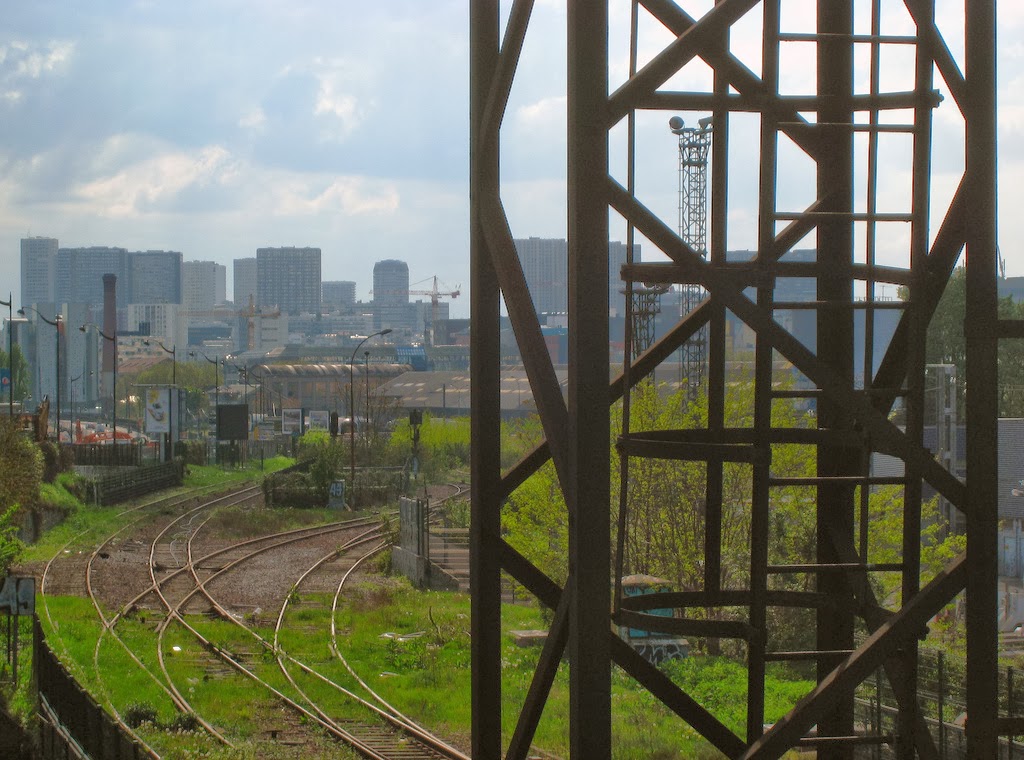
#23
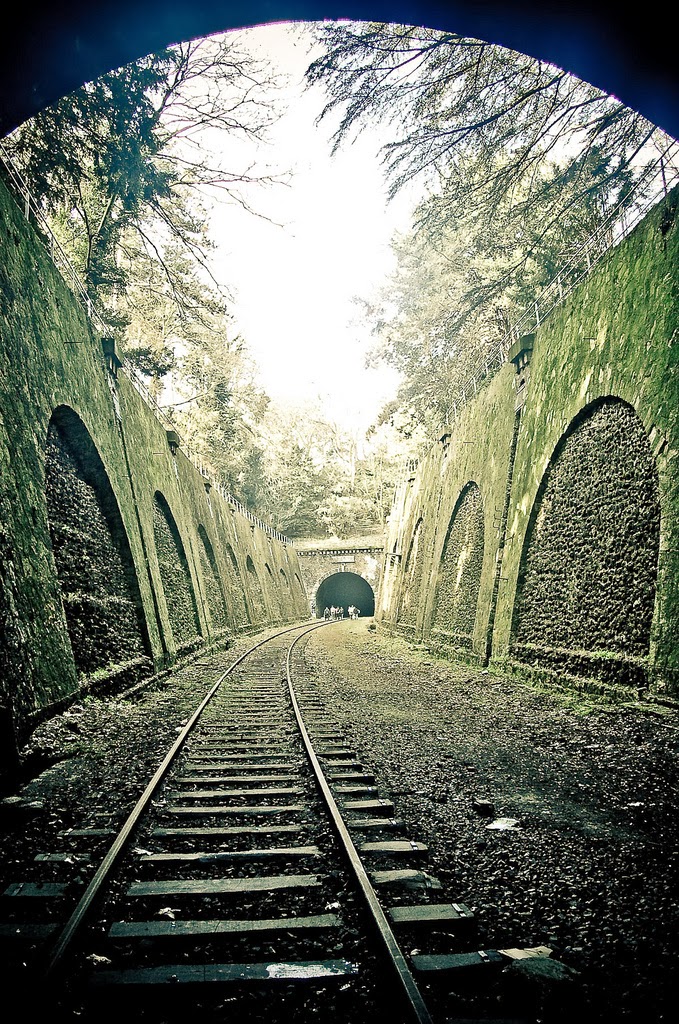
#24
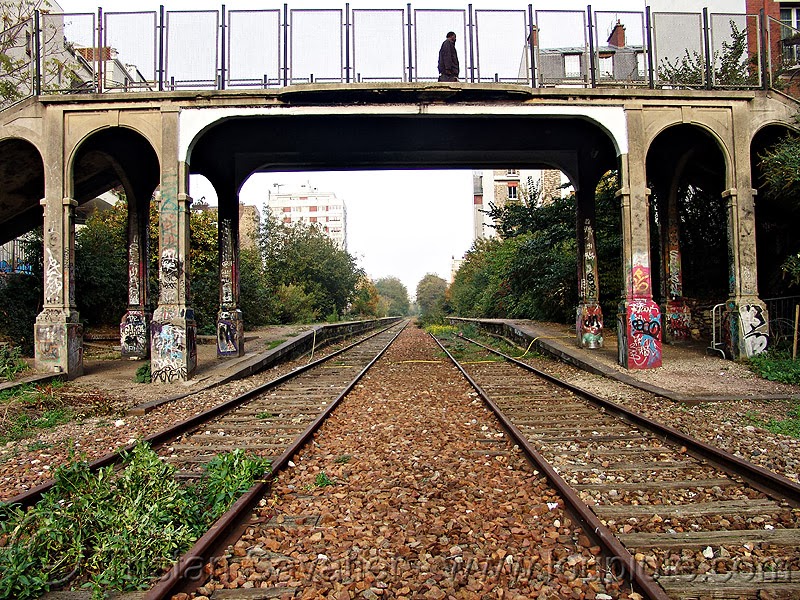
#25

The ‘Chemin de fer de Petite Ceinture’ holds historical significance as a circular railway that once served the fortification walls and transportation needs of Paris. While the railway faced decline and eventual closure, its remnants have sparked discussions among Parisians regarding its future. With a portion of the railway already transformed into a park, ongoing efforts aim to determine the fate of the remaining sections. The various protocols and consultations conducted in recent years have set the stage for preserving the railway’s heritage and exploring its potential for diversified uses, ensuring that the Petite Ceinture continues to captivate the imagination of both locals and visitors in the years to come.
Note: We do not own any of the images here and all images are copyrighted to their original owners. Please contact us if you wish to remove anything








